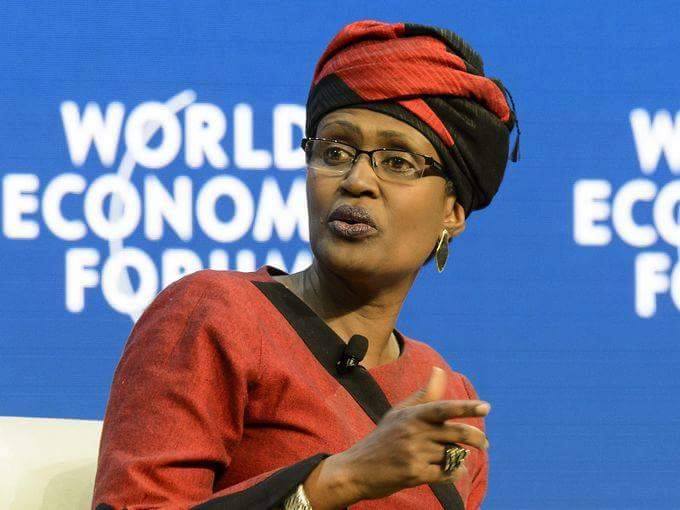
Winnie Byanyima – Executive Director of UNAIDS
The USAID has observed in its recent reports on its progress towards the Start Free, Stay Free, AIDS Free targets, children dying from AIDS-related illnesses, in Western and Central Africa despite its progress.
In a statement copied to the Ghana News Agency, Winnie Byanyima, Executive Director of UNAIDS, said to see so many tools available, so many new HIV infections among children that were prevented, so many children living with HIV doing well, but to see others missing and still left behind was a tragedy.
“We cannot accept that tens of thousands of children still become infected with HIV and die from AIDS-related illnesses every year,” she said.
Angeli Achrekar, Principal Deputy United States Global AIDS Coordinator, United States President’s Emergency Plan for AIDS Relief said as a global community, it made remarkable progress toward the control of HIV pandemic, yet were missing far too many children, adolescents and young women. “We must all re-double our efforts to urgently reach these critical population,” she said.
It said the Start Free, Stay Free, AIDS Free framework had three simple concepts.
“First, babies have a right to enter the world free from HIV. Second, through HIV prevention, children, adolescents and young women have a right to stay free from the virus.
Third, children and adolescents who do acquire HIV have the right to be diagnosed, treated and cared for, so that they can remain AIDS-free.”
It said countries have agreed to a range of HIV prevention and treatment targets for children to start out their lives HIV-free, one of those targets was to reduce new child (aged 0–14 years) HIV infections to less than 40 000 by 2018 and 20 000 by 2020.
It said newly published estimates show that 150 000 children were newly infected with HIV in 2019 a 52 per cent reduction since 2010, but still four times the 2018 target.
It said pregnant women living with HIV were diagnosed, started on and retained on anti-retroviral medicines during pregnancy, delivery and breastfeeding, the chance that they will pass on the virus is less than 1%.
“Globally, 85 per cent of pregnant women living with HIV received those medicines in 2019.
Despite this high coverage, children are still becoming infected due to unequal access to treatment services (primarily in western and central Africa), women falling out of care and pregnant and breastfeeding women becoming newly infected with HIV,” it said.
Henrietta Fore, the Executive Director of the United Nations Children’s Fund, said for too long, the response to HIV had overlooked children, adolescent girls and young women, but there was hope.
She said the recent momentum to reduce new infections among adolescent girls and young women in countries like Eswatini and South Africa showed what was possible when governments and communities, led by girls themselves, join forces.
“We must not let COVID-19 and its economic headwinds slow us down. We must remain bold and ambitious in our joint efforts to ensure that the next generation of children remain free of HIV and AIDS,” she said.
It said in 2019, however, only 950 000 (53%) of the 1.8 million children living with HIV were receiving HIV treatment, which was much lower than the 67 per cent of adults on treatment; It was clear that to save lives, the missing 840 000 children not on treatment an estimated two thirds of whom were estimated to be between 5 and 14 years must be diagnosed and treated as a matter of urgency.
Tedros Adhanom Ghebreyesus, the Director-General of the World Health Organization said lack of optimal HIV medicines with suitable paediatric formulations has been a longstanding barrier to improving health outcomes for children living with HIV, contributing towards low treatment coverage and access to services for vulnerable groups must be expanded through stronger community engagement, improved service delivery and tackling stigma and discrimination.
He said despite the failures, the positive news is that we do know how the world could have met the Start Free, Stay Free, AIDS Free targets. And with enough commitment, we can still overcome the main obstacles to the targets and reverse the failures.
Chip Lyons, President and Chief Executive Officer, Elizabeth Glaser Pediatric AIDS Foundation, said the past decade was marked by innovation and progress in the field of paediatric HIV, but the dramatic miss on targets for children in this latest report was simply unacceptable.
“We must urgently renew our commitment to fighting for an AIDS-free generation, but today, as a global community, we are failing the most vulnerable among us: children and youth,” he said.
Source: GNA























